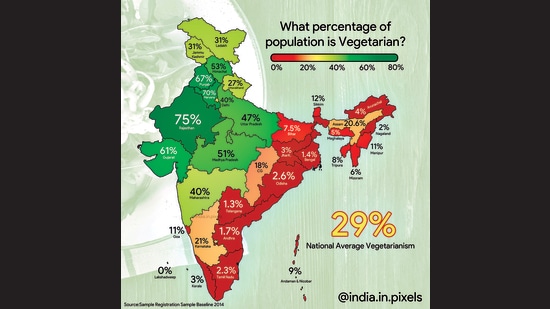(Originally posted on Aug 18, 2021 on the Drishti blog)
Each industrial revolution — from Industry 1.0 to Industry 4.0 — was driven by the creation and adoption of a new propellant that ushered in new capabilities that fundamentally changed manufacturing.
In the late 18th century, mechanical production was spurred on by the introduction of steam and water powered machines, with the creation of the power loom in 1784 — this in turn launched Industry 1.0 and birthed the use of machinery. It wouldn’t be until the 20th century, with the introduction of electricity, that manufacturing would begin to resemble its modern self, as Industry 2.0 took off and introduced assembly lines, streamlining mass production processes.
Industry 3.0 was spurred by breakthroughs in electronics, which gave rise to transistors and integrated circuits, which made way for the integration of software like ERP and other inventory tracking systems. Industry 4.0 is fueled by data, which can unlock insights into areas that prior technology was limited in impacting.
With data, manufacturers can now transform the entire product creation and delivery process—including design for quality—to lean things out. In the case of design for quality, the massive volumes of data created on the plant floor can be used by product and process designers in the design for manufacture and quality process to engineer in quality. Thereby, turning quality processes into the more appropriate verification role. For example, Drishti’s solutions can provide data on every single cycle on manual assembly lines, allowing team leaders and line associates to identify deviations from standardized work based on cycle time measures. And, to study them using lean tools like A3 as most quality issues have a strong correlation to non-compliance with standardized work.
An example of the transformative potential that this measurement capability enables is the introduction of the powerful notion of A/B testing—the ability to easily make process changes on the plant floor, measure the impact of these changes, and make quick business decisions based on the learning. Not unlike ecommerce websites constantly testing product promotions, the world of manufacturing can now run kaizens all day long! True continuous improvement, empowering not just the industrial engineers but everyone—including the line associates who best know the tasks—in the plant. This reduction in testing time creates a fast feedback loop around the design and build process that results in a much better product for the buyer. .
Industry 4.0, the coalescence of all the past industrial revolutions, is fueled by new data sets and the ability to analyze those data sets to pull insights at the systems level. Technology like Drishti, which uses AI and computer vision to produce data on manual operations, provides visibility into the entire manufacturing ecosystem and is able to feed into other technological innovations, such as ERP and QMS systems, and elevate them to a more efficient level.
I chatted about this and a lot more with Lisa Meadows, senior site SQM at Volvo and Dirk Dusharme, editor-in-chief of Quality Digest, on a recent webinar. For more content of this nature, check out the full stream.










